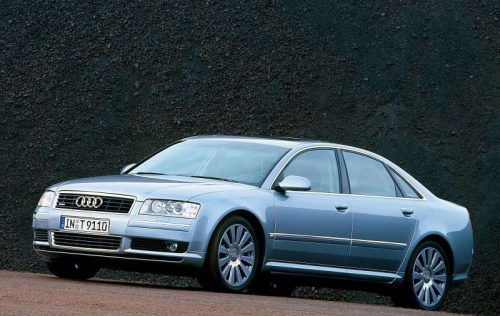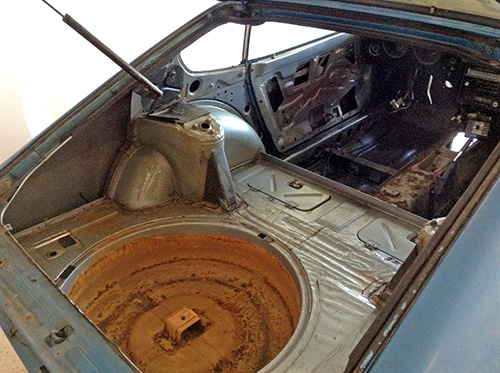The New Toyota Supra: A Styling Analysis

I have thoughts about this.
So many thoughts.
As a former Mark 3 (’86-’92) Supra owner, I feel like I have some purchase here, a little more skin in the game, so to speak, with respect to the new (A90) Supra’s design. So here goes:

1) The nose is aggressive and beautiful. The grille-less treatment reminds me of two cars: The facelift (’89-’92) “Klingon nose” Mark 3 Supra, and, weirdly, the first-generation Lexus SC—one of the loveliest cars to come out of Japan.
2) The headlights are distinctively-shaped (more on that later) and have the potential to become a Supra trademark should the lineage continue.
3) The large center grille opening is just begging for an intercooler to show behind the black mesh.
4) These cuts atop the fenders are a little fussy, but they take some visual weight out of the area and carry hints of the Ferrari F12’s “aero bridge” in the same region.
5) Overall the car looks much smaller than it is. Credit the relatively high fender line and tucked-in fastback shape for that.

6) The car’s signature styling element is the way the fastback is pulled in to expose the rear wheel arches. Brilliantly, the S-line from the base of the front wheels, through the cut on the door and up over the rear fenders is echoed in the shape of the DRLs and tops of the headlights. It’s a perfect way to make the car’s design more cohesive.
7) The greenhouse, with its double-bubble roof, blacked-out A-pillars and quarterlights that taper to a point, is pure Toyota 2000GT.

8) I’m surprised but glad Toyota decided against bringing back the Mark 4 Supra’s four “pool ball” taillight treatment. It wouldn’t jive with the A90’s themes and I’m happy they moved on with a more understated look.
9) The ducktail hints at the shape of the Mark 4’s hoop spoiler without being nearly so tacky. I’m sure special editions of the A90 and tuners will stack an additional spoiler on top.
10) Bonus points for wheels that aren’t totally black, even if the alternating black-silver spoke pattern is a little strange.

11) Really wish Toyota had put a some effort into distinguishing the engine cover from that of its corporate cousin, the BMW Z4. A little more homage to the 2JZ (the Mark 4’s legendary mill) would have gone a long way here…

12) In contrast to the exterior, the interior appears a rather dour and conservative place, like Toyota ran out of styling capital with the car’s inside incomplete, so they just tweaked and dressed up the Z4’s cabin (which is probably close to the truth). That said, the Mark 4’s interior always struck me as plasticky and haphazard, so at least the A90 improves on its predecessor a little.
13) The Toyota emblem looks lost in the middle of a giant round airbag cover, like a “shoebox airbag” from the ’90s.
14) This element is on the wrong side of the console; it actually separates the driver from the console’s controls in favor of the passenger. Very odd. Both the A70 and A80 Supra’s consoles swoop around the driver and create a “cockpit” environment—the opposite of what’s going on with the A90. One thing’s for sure: If Toyota ever decides to fit the new car with a manual (here’s hoping), that little buttress is going to get in the way when shifting. A statement of intent perhaps?
Overall, I love the A90’s design; it’s forward-looking while drawing on Toyota’s styling heritage. I still think the exterior styling is more resolved than the interior, but in any case, I can’t wait to see them out on the road.
Image credits: netcarshow.com























